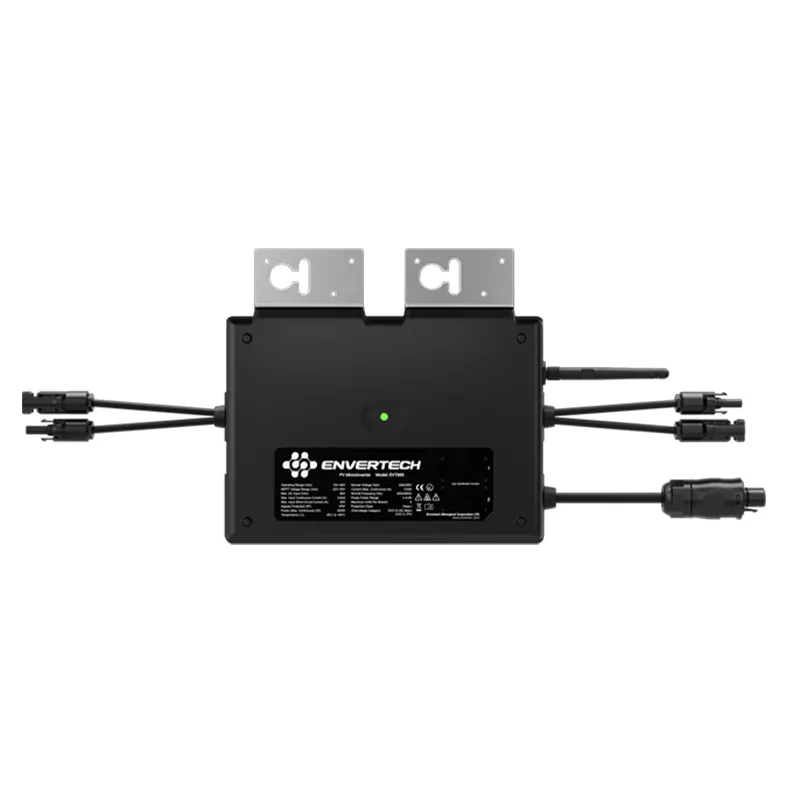Understanding Solar Panel Dimensions and Their Energy Production Capabilities
Understanding Solar Panel Size and Power Output
As the world increasingly turns toward renewable energy, solar power is gaining recognition as one of the most viable alternatives to fossil fuels. Central to the effectiveness of solar energy systems are solar panels, which convert sunlight into electricity. However, the relationship between solar panel size and power output is a critical aspect that both consumers and solar energy professionals must understand.
Solar panels come in various sizes and types, which influence their performance and efficiency. The most common size for residential solar panels is approximately 65 inches by 39 inches (1.65 meters by 1 meter), and these panels typically have a power output ranging from 250 to 400 watts. The size of a solar panel directly impacts its ability to capture sunlight; larger panels have a greater surface area, allowing them to absorb more sunlight and generate more electricity. However, it is not just size that matters; the efficiency of the solar cells that make up the panel is equally important.
Manufacturers design solar panels using various technologies, primarily monocrystalline, polycrystalline, and thin-film solar cells. Monocrystalline panels, known for their high efficiency, typically range from 300 to 400 watts in output despite their relatively smaller size compared to other types. This means you can generate more power using fewer panels, an essential factor for homes with limited roof space. Conversely, polycrystalline panels are less efficient and usually produce between 250 to 350 watts. They are often larger than monocrystalline panels, requiring more visual space but can be more cost-effective in terms of initial investment.
Thin-film solar panels are a different breed entirely, known for their lightweight and flexible properties. They are easier to install in unconventional locations but usually have lower efficiencies and power outputs than crystalline options—typically ranging from 100 to 200 watts. This means homeowners and businesses looking to utilize thin-film technology often need more panels to generate the same amount of electricity as they would with traditional solar panels.
solar panel size and power output

Power output is also influenced by environmental factors such as geographical location, season, and shading. In regions with abundant sunlight, solar panels can produce their maximum output, but factors like cloud cover or surrounding tall buildings can reduce their efficiency. It is essential to consider orientation and tilt; for instance, panels facing south (in the Northern Hemisphere) typically enjoy optimal sun exposure, enhancing their power output.
Moreover, solar panels generate different amounts of power throughout the day. Typically, panels produce the most electricity around midday when the sun is highest in the sky. Therefore, consumers should analyze their energy needs and the power output patterns of the solar panels they are considering for optimum alignment of production and consumption.
Another crucial aspect linking panel size and power output is system design. The installation needs careful calculation of the total desired output (in watts) based on individual energy consumption patterns. For example, if a household requires 5,000 watts of electricity at peak hours and each preferred panel delivers 300 watts, the installation would necessitate approximately 17 panels. Sizing the system appropriately not only ensures adequate energy generation but also maximizes efficiency and minimizes costs.
In conclusion, understanding the relationship between solar panel size and power output is vital for anyone considering a solar energy system. While larger panels can produce more power, efficiency ratings and technology types play significant roles in determining overall output. By carefully selecting the right solar panel size, type, and installation strategy, homeowners can maximize their energy production, contributing to a sustainable future while potentially reducing their electricity bills. Ultimately, the journey into solar energy is about finding the perfect balance between size, efficiency, and your unique energy needs.
-
Solar Panel Cut Energy CostsNewsAug.18,2025
-
Panel Solar Bifacial Boosts Energy YieldsNewsAug.18,2025
-
Highest Monocrystalline Solar Panel Efficiency WinsNewsAug.18,2025
-
Cost of 100 Watt Solar Panel ReducesNewsAug.18,2025
-
Bifacial Monocrystalline Boosts YieldsNewsAug.18,2025
-
Bi Facial Panels Boost OutputNewsAug.18,2025







